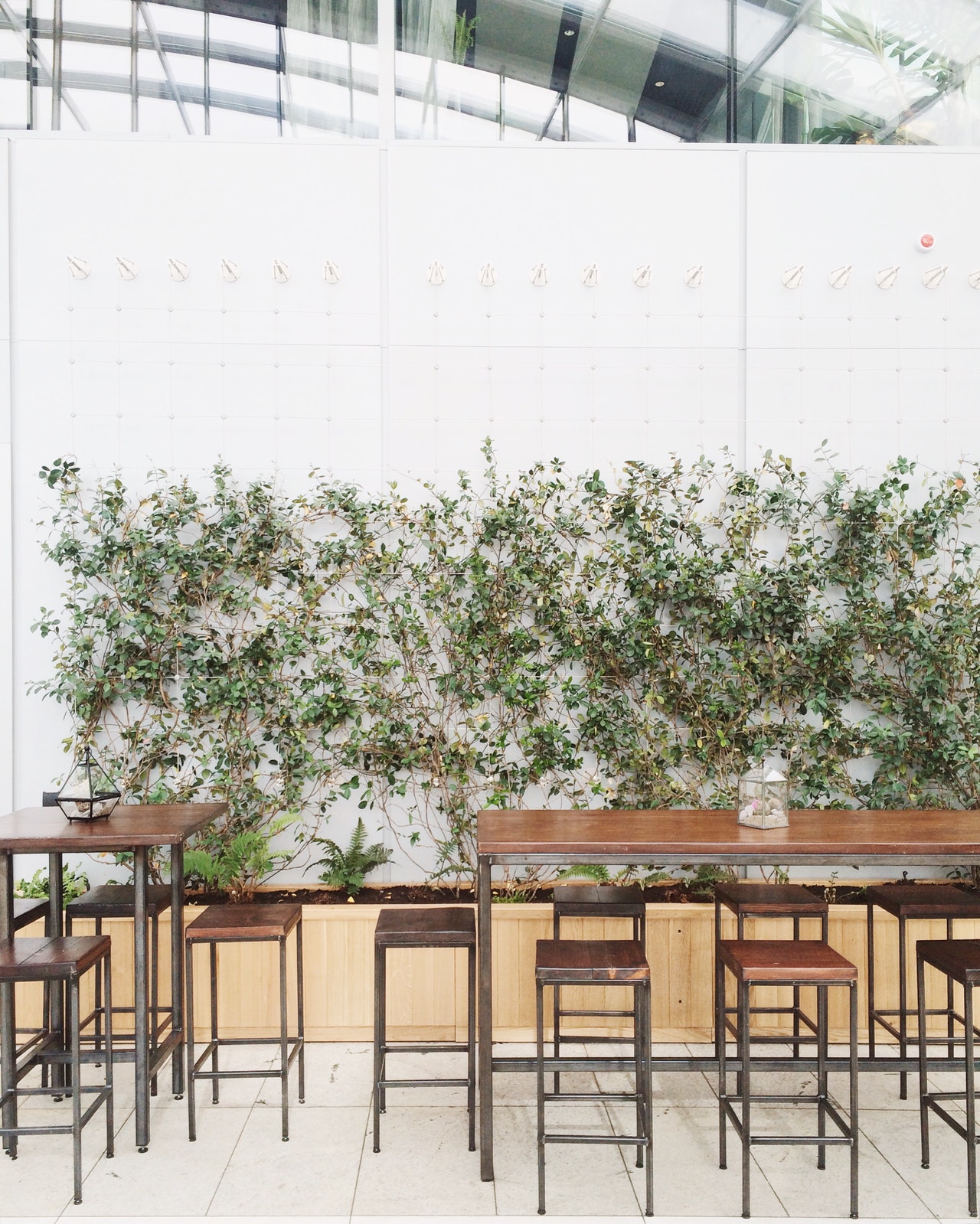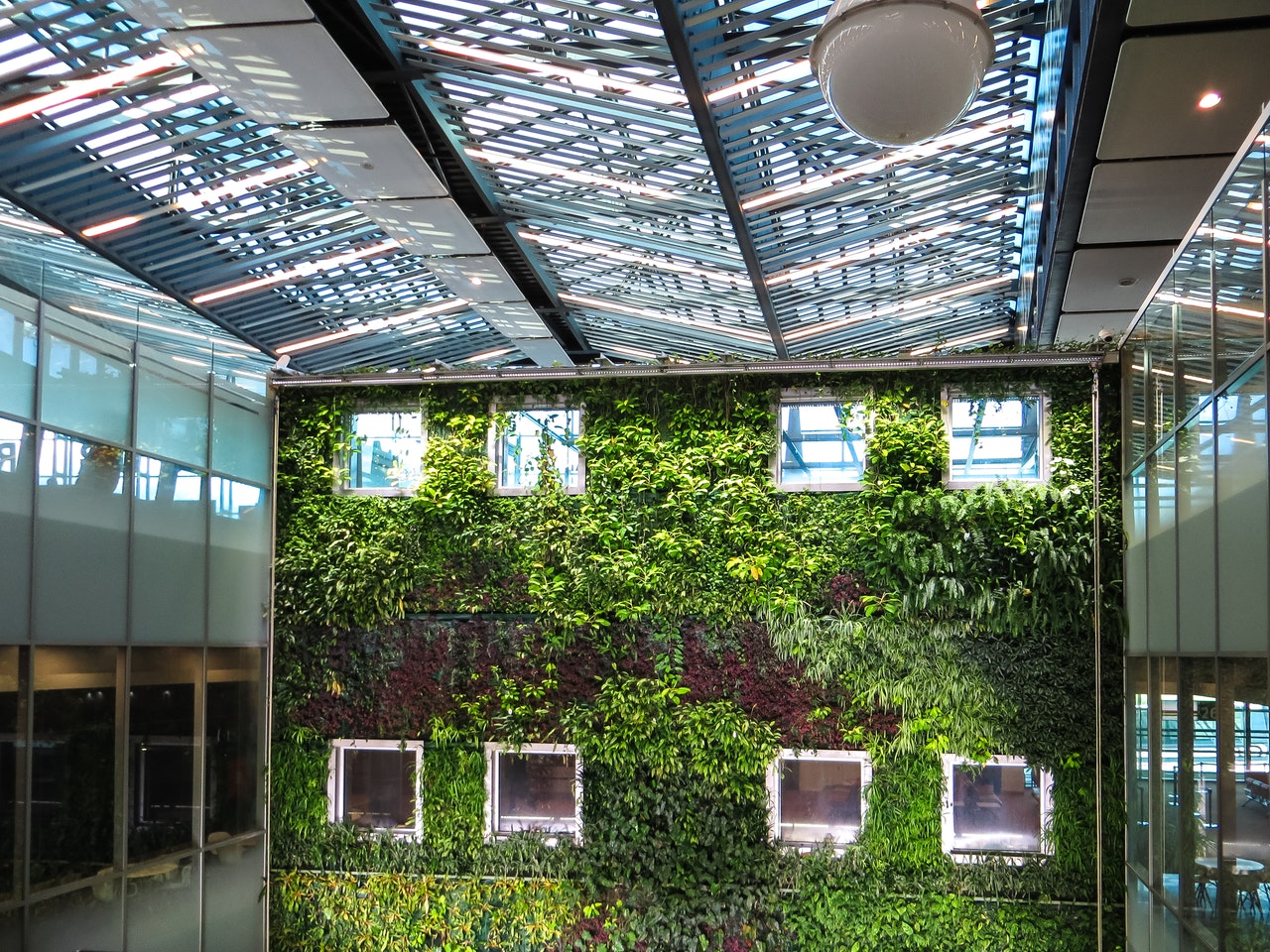A green wall, sometimes called a green roof, is a flat, vertical lined structure purposefully planted with vegetation in a bid to provide a natural oxygen source. Green walls often contain integrated aeration and fertigation delivery system, and hydroponic media featuring one or more species of plant life. These features can vary greatly and are tailored to the specific plant or species being grown. Green walls are growing media and offer a large variety of advantages, including green roofs, vertical growing walls, soil-based gardening, soil gardening, hydroponics, and the benefits of community gardens. The use of these growing media is becoming increasingly popular, as they are available and easy to access, making them ideal for urban or suburban gardens.
Air circulation
Air circulation is vital for green walls because it allows for proper moisture to be circulated within the plant life being used. Green roofs will naturally provide much better air circulation than traditional roofing systems. This helps prevent structural failure due to excessive heat, sun, wind, or heavy rain, as well as being an ecologically healthy option for growing vegetables or herbs. Aeration and venting systems can be installed throughout a green wall to improve air circulation.
Provide visual interest, character, and style
Green walls, in addition to providing the benefits of healthy living and environmental awareness, also provide visual interest, character, and style. Implementing green walls, as well as other indoor plants, can create a one-of-a-kind look for any backyard landscape. These structures also allow for easy maintenance. With a vertical garden system, homeowners can control the level of sun exposure throughout the growing season, allowing plants to mature at their optimal stage without being exposed to the sun. Since plants have the freedom to grow at their peak, the appearance of lush green walls can be stunning, providing an aesthetically pleasing contrast and enhancement to the surrounding landscaping.

Designed to accommodate specific needs and goals
An additional advantage of implementing a vertical living wall is that it can be designed to accommodate specific needs and goals. For instance, some green walls can be created to incorporate plantings specific to specific vegetables, shrubs, and flowers. This can help ensure that each plant selected for the green wall will grow to its fullest potential. If desired, the living wall can also be designed with the specifications of the property owner in mind.
Since green walls offer many distinct advantages, they can be designed to meet the specific needs of a property owner. For example, certain types of vegetation will need more sun exposure or other factors to encourage their growth. Other properties may need a certain type of vegetation because it complements existing landscaping. Landscaping with predetermined characteristics can help property owners implement a green wall in the most efficient way possible.
Have to be planned right
Green walls can also benefit from proper planning, especially for properties that do not yet have irrigation systems in place. Irrigation systems are designed to water plants and help them grow, but they cannot do so without the use of water. With an appropriate system, vegetation growth media can be added to the top of a green wall to help support the overall height of the structure. Some vegetative growth media, such as gravel, can be installed in and around the borders of the walls to enhance drainage and promote water conservation. This can be done with minimal expense and in little time.
There are a number of businesses that design green walls, and many homeowners choose to install a green wall on their own. If a homeowner has experience installing landscape features, they may feel confident enough to tackle the project themselves. However, for most people, hiring a contractor can be the best choice. The contractors can help the homeowner map out the dimensions of the space and determine what types of plants and features will work best within the space. They can also help determine whether or not the space has access to sufficient amounts of sunlight and water.
To sum up
Green walls are usually constructed with a combination of vegetation and materials designed to minimize visual access and waste as much energy as possible. They are most effective in landscapes that have little visual access, such as backyards. However, they are equally attractive in living walls that offer visual access to multiple levels and are built-in sunny climates. In either case, the green wall offers the homeowner a way to increase their homes’ environmental friendliness while making the most of space.
